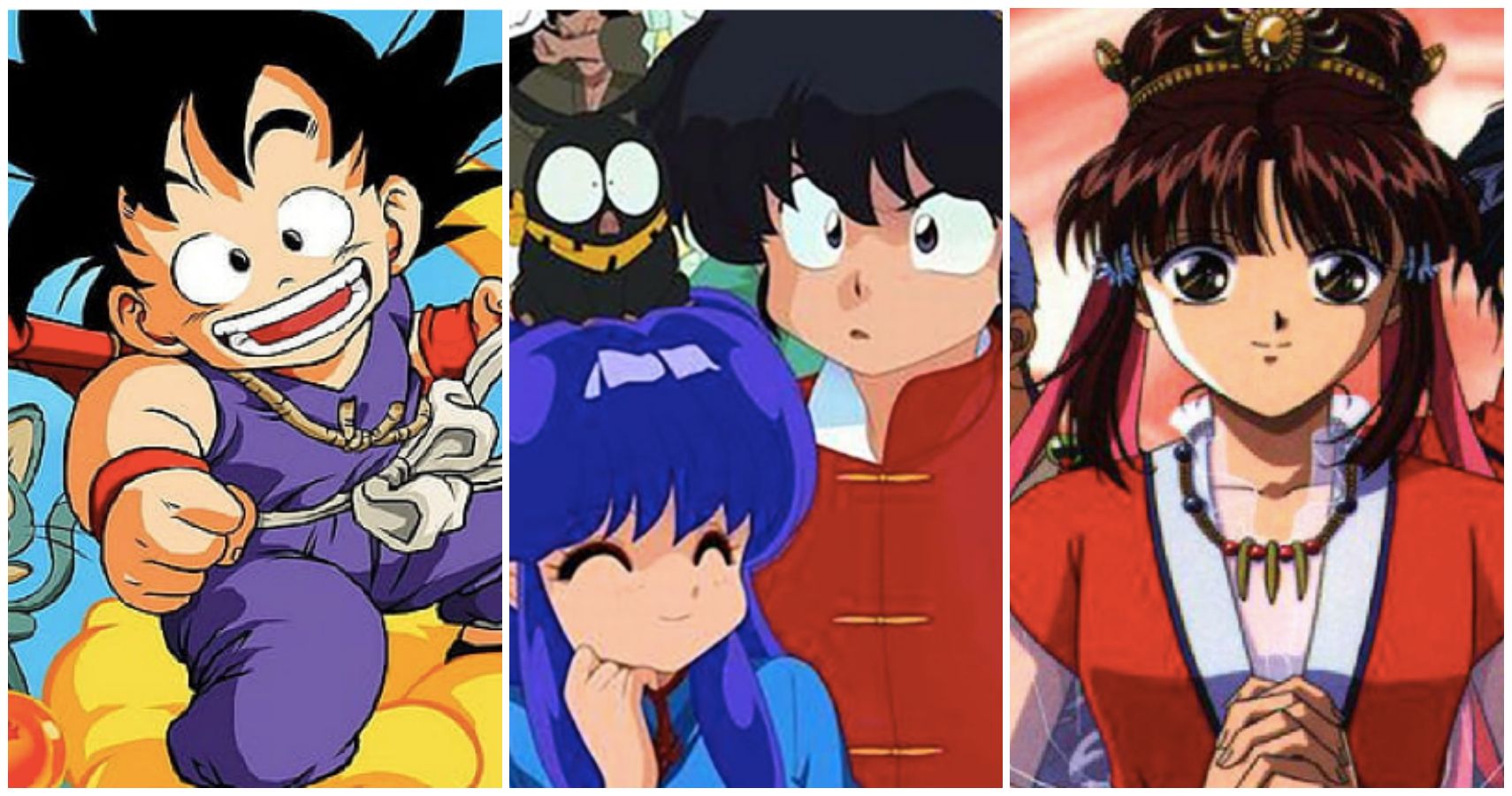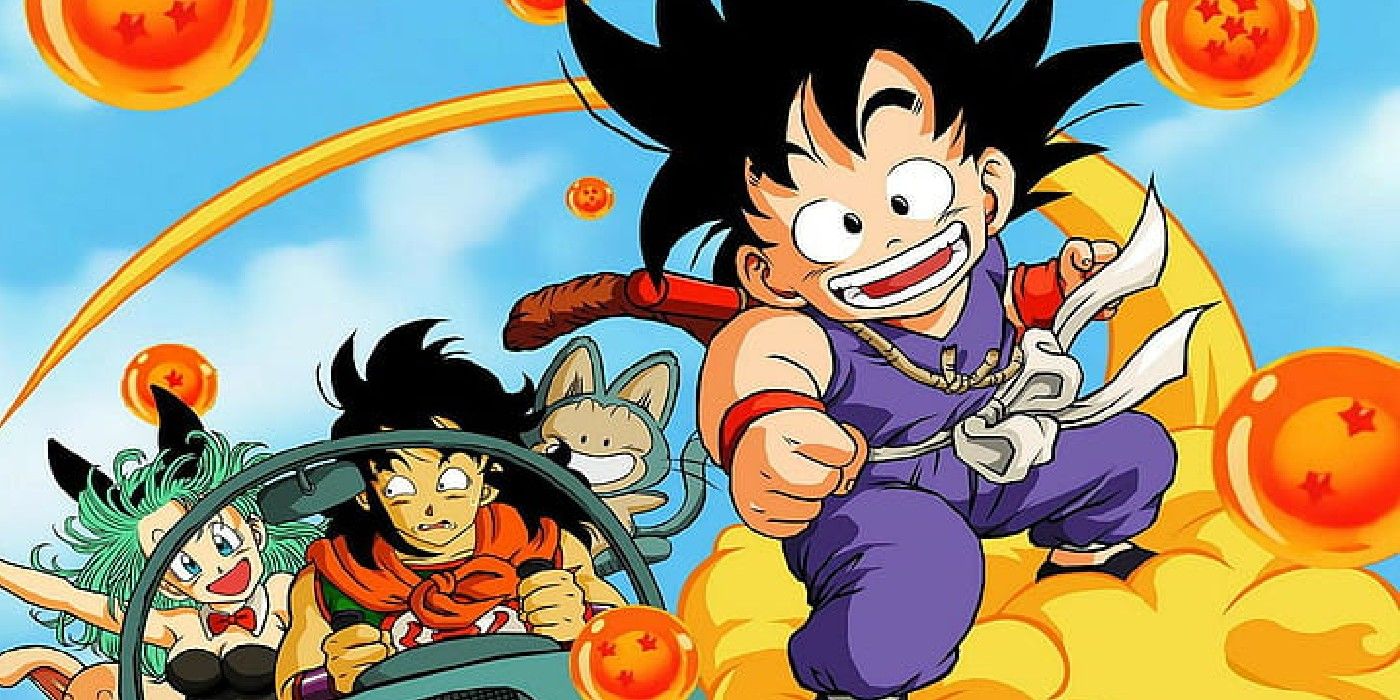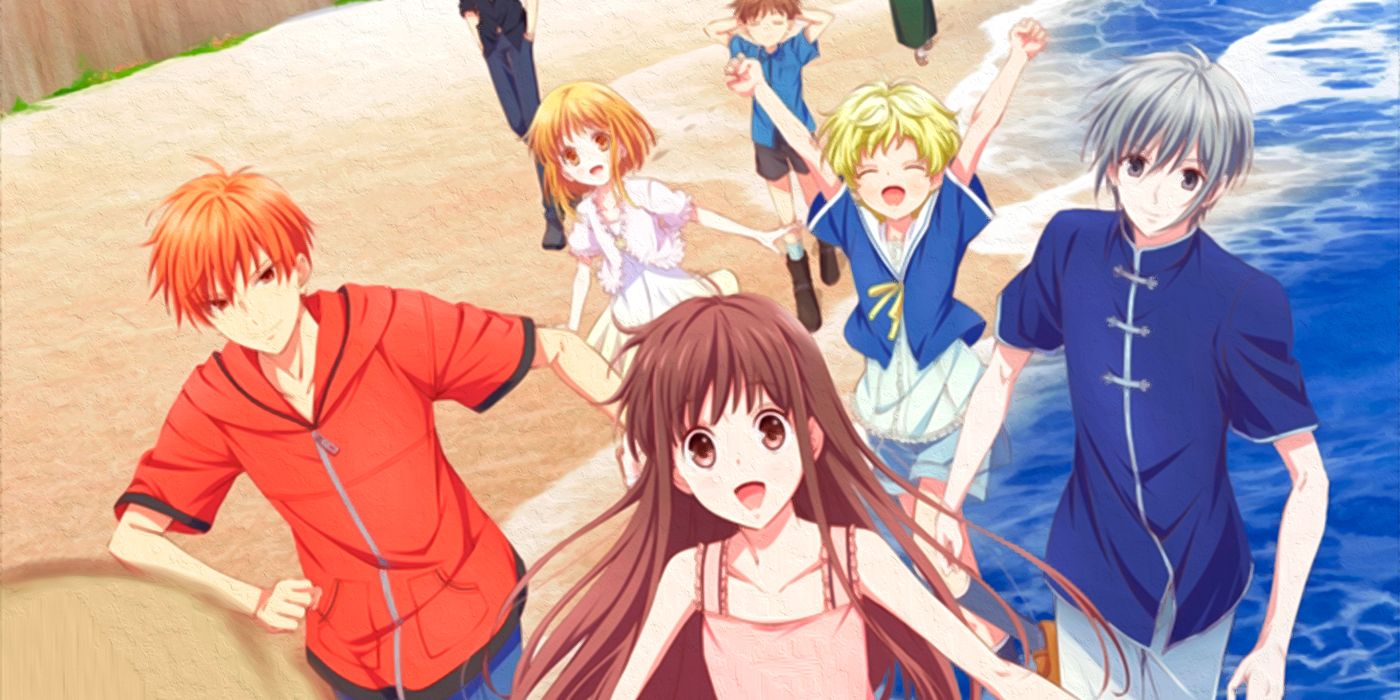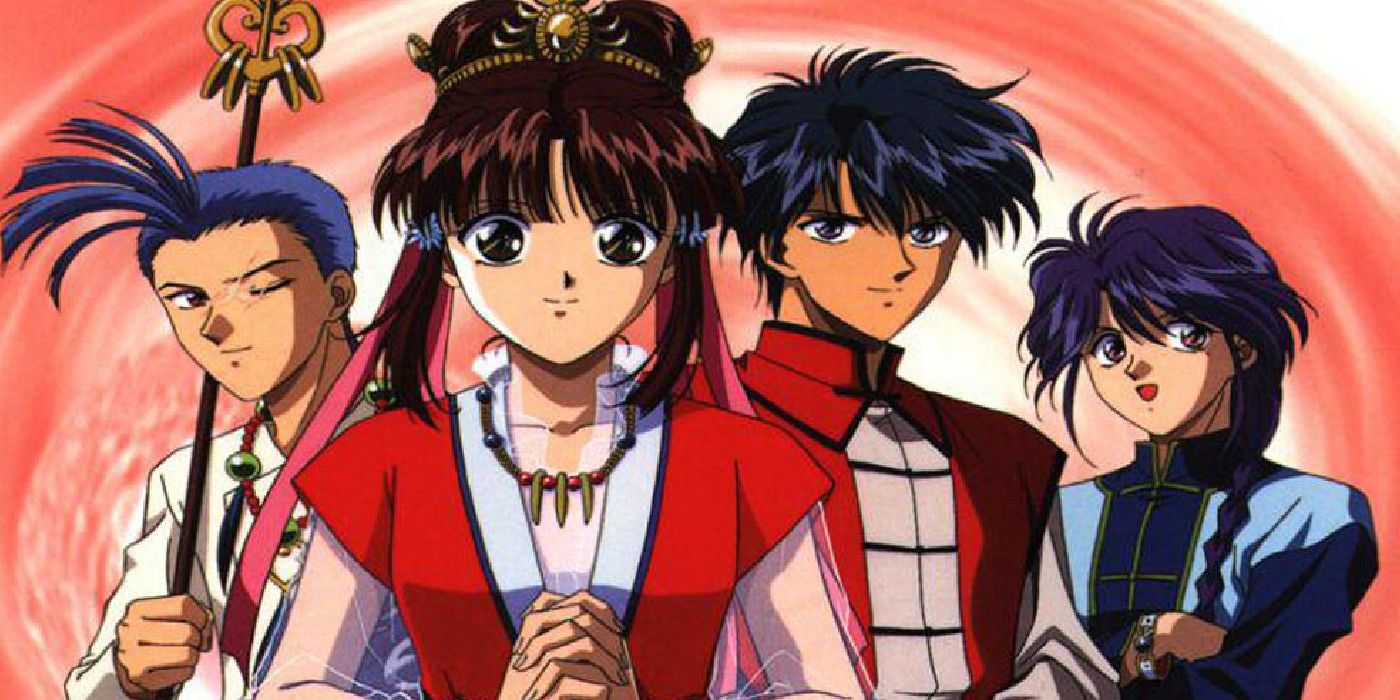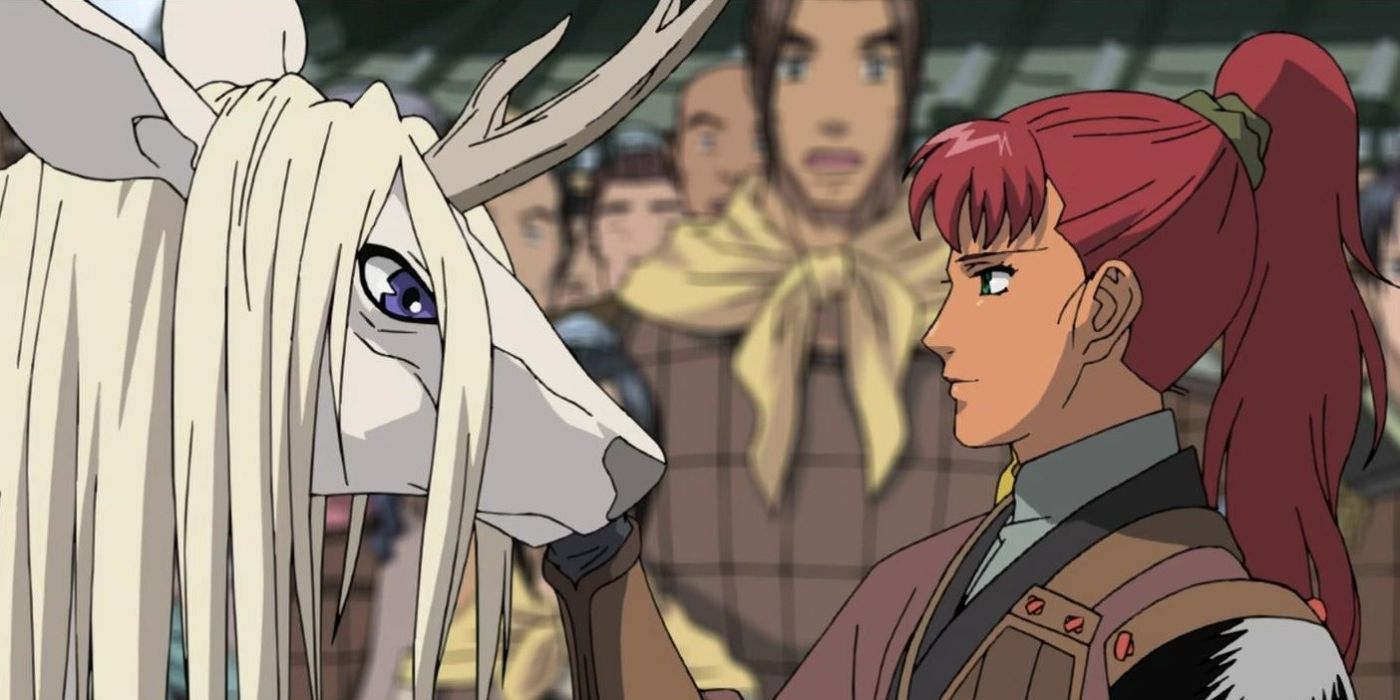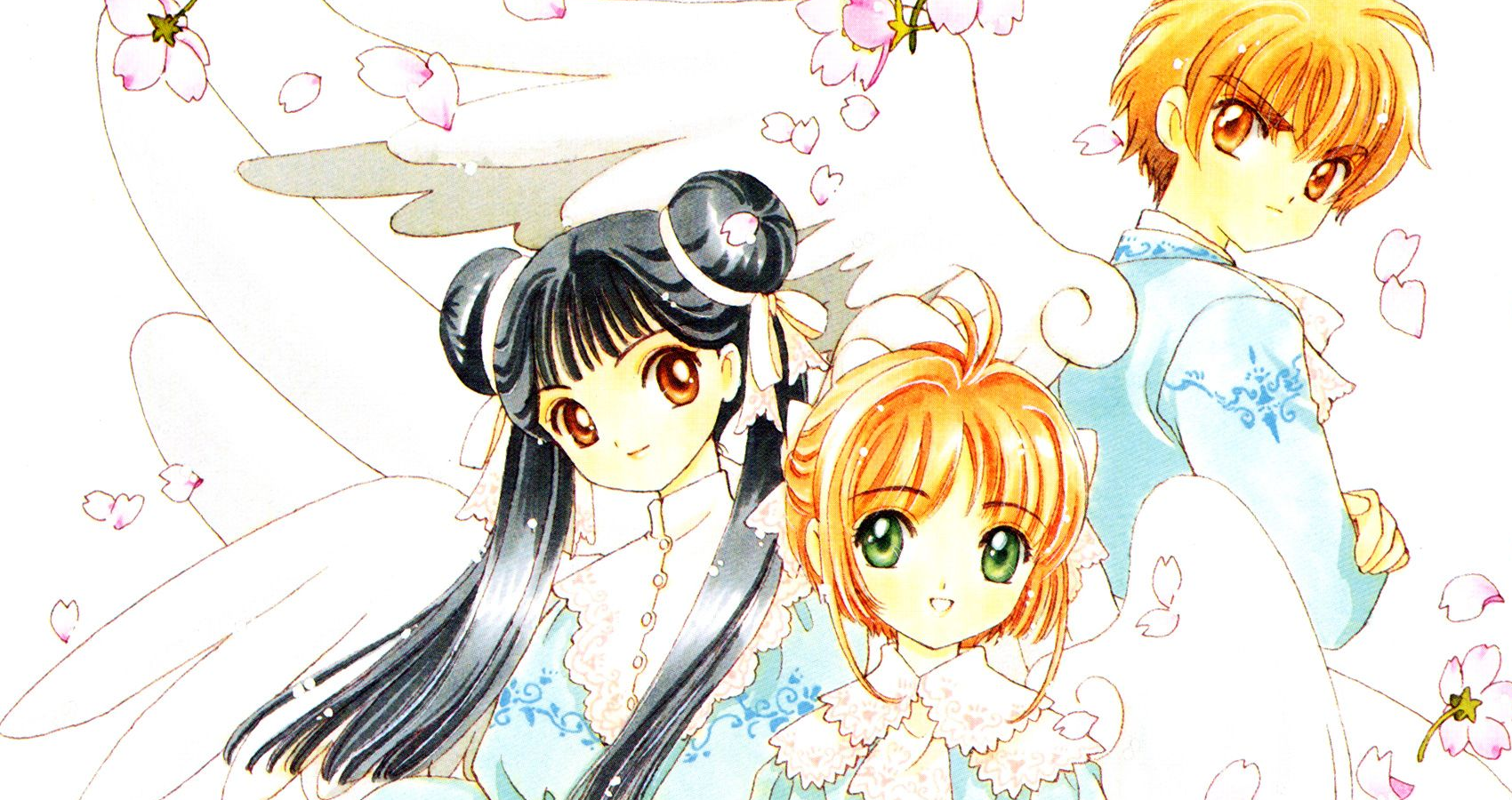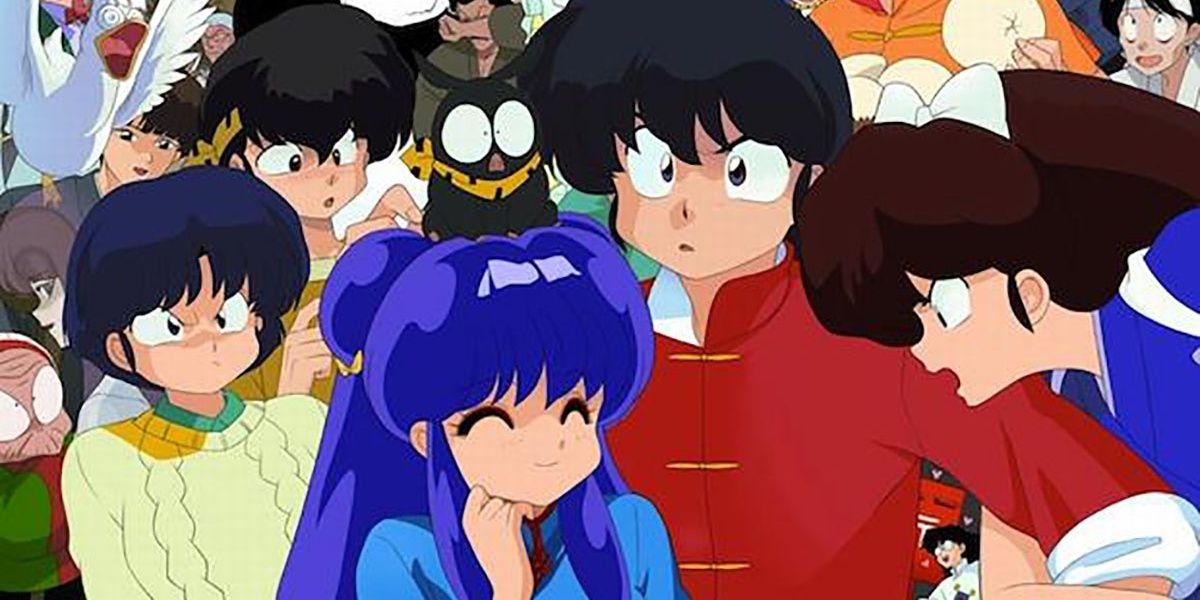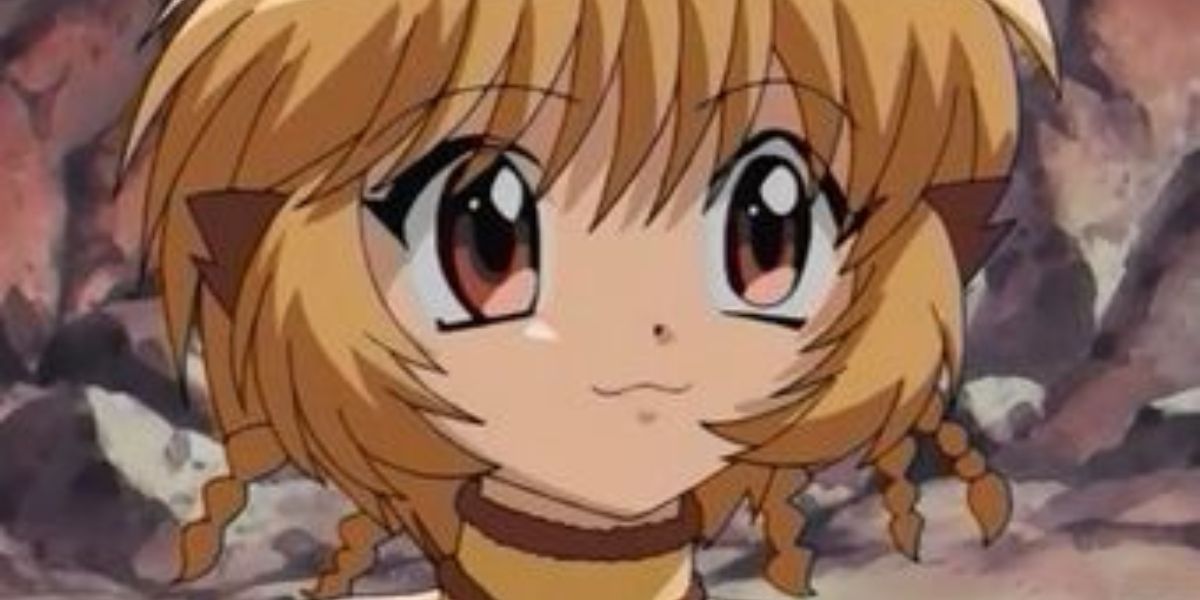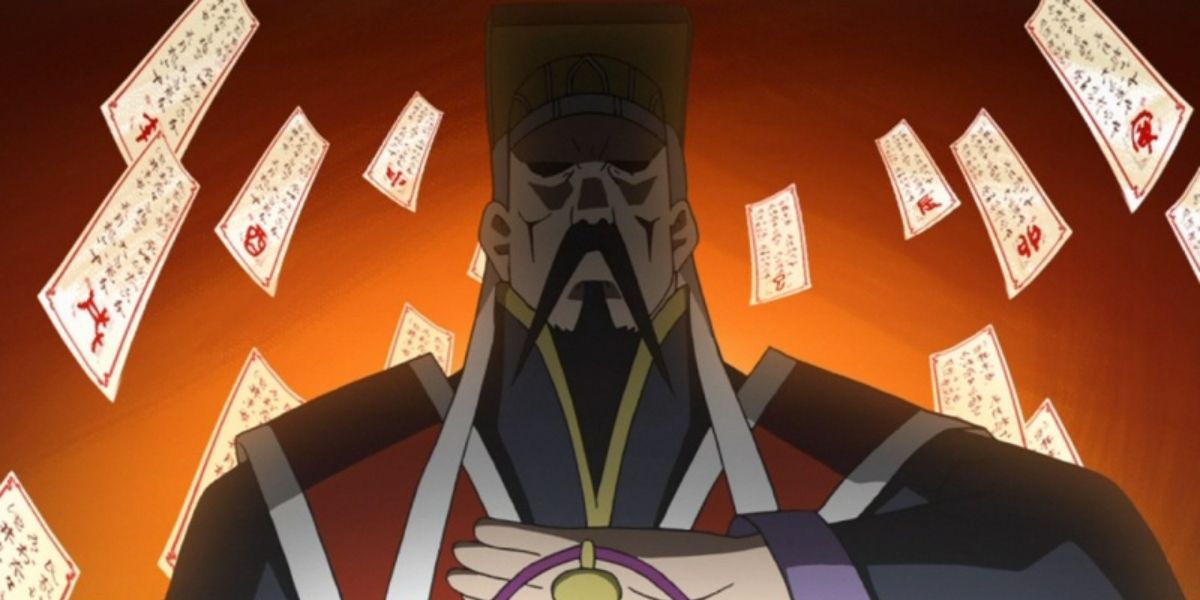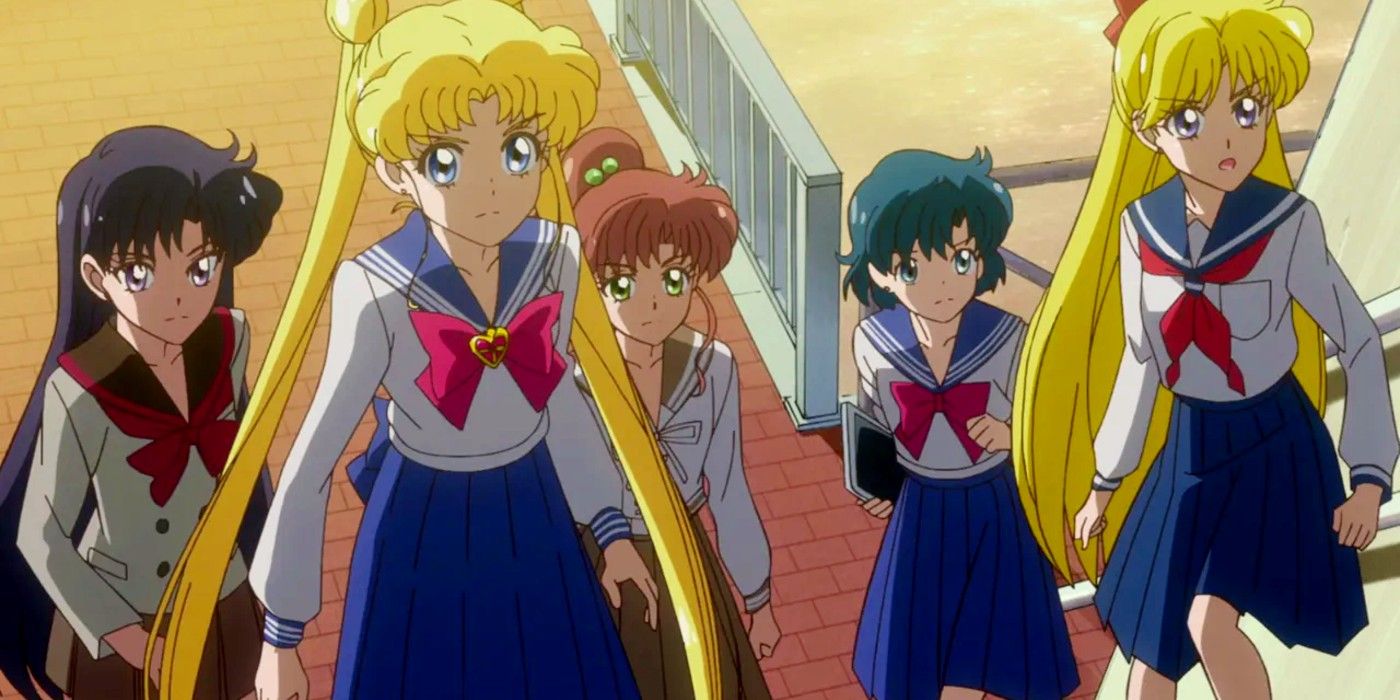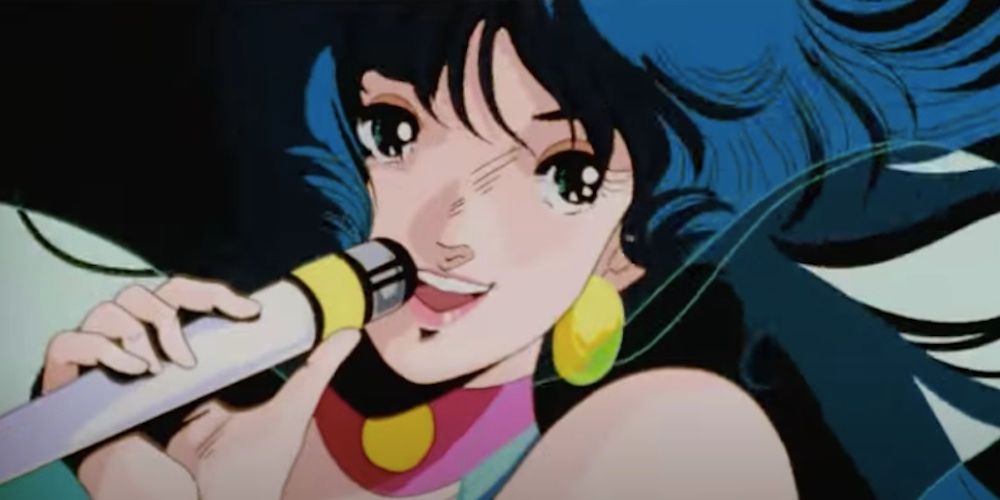China and Japan are distinct countries, but China's influence on Japan can show up in unexpected, understated ways. Throughout history, the Japanese language has taken influence from Chinese vocabulary, phonology, and the writing system. The Japanese kimono likely has its origins in the Chinese hanfu. So naturally, China and its culture often shows up in Japanese anime in different ways.
Sometimes, a story is set in a fantasy country loosely inspired by Chinese culture. Other times, the plot is based on Chinese literature or mythology, or characters are figures from said mythology. Other times, characters are literally from the country of China. That said, just as anime takes liberties with Japanese culture, the same can be said about its interpretation of China and its analogues.
10 Dragon Ball: The Story Started As A Retelling Of Journey To The West
Dragon Ball originally started out as a retelling of Journey to the West, considered one of the most famous works of Chinese literature. In fact, while Western anime fans often associate it with this franchise, the main character Son Goku's name is actually the Japanese form of Sun Wukong, the Monkey King.
Some fans like to believe that the setting is a fantastic cross between Japan and China because of this. Aspects of Chinese culture also show up from time to time, from Chi-Chi normally wearing a qipao to Chiaotzu wearing Qin Dynasty clothing, as well as the implication he's a Jiang Shi, a vampire-like creature from Chinese mythology.
9 Fruits Basket: The Sohma Family's Curse Corresponds To The Chinese Zodiac
In Fruits Basket, Tohru is taken in by the Sohma family and learns about their curse, with members transforming into animals of the Chinese zodiac when embraced by members of the opposite sex. In reference to a Chinese fairy tale, this also includes the cat, an animal cheated out of a place in the zodiac.
Granted, it should be noted that there are Japanese variations on the story, even if it likely originated in China. Notably, the family includes a sheep and a boar, as with the Japanese zodiac, instead of their Chinese counterparts: a goat and pig, respectively. Likewise, the family member corresponding to the dragon, a fantasy creature, is resolved by him turning into a seahorse, an untranslatable pun on one of the Japanese names for the animal meaning "dragon's baby."
8 Fushigi Yuugi: The Setting Is Divided Into Four Places That Correspond To Different Places In China
In Fushigi Yuugi, Miaka Yuki finds a strange book in a library called The Universe of the Four Gods which magically sends her to a world resembling medieval China and learns she is meant to serve as a great priestess in the story.
Different locations in the story seem based on different facets of Chinese culture and history: Kounan for Southern Imperial China, Kutou for Eastern Imperial China, Sairou for Western China and the Silk Road, and Hokkan, which appears to combine elements from Inner and Outer Mongolia.
7 The Twelve Kingdoms: Some Characters Even Think They Are In China
Taking quite a few cues from Fushigi Yuugi, the story of The Twelve Kingdoms also involves characters magically transporting from Japan to a fantasy world somewhat patterned off of Chinese culture, in particular, that of Imperial China. It gets to the point that even characters in the story have even mistaken the setting for China.
Notably, the series' unicorn-like kirin, who serve the rulers, have origins in the Chinese mythological creature, the "qilin," a benevolent, hooved chimera that is often compared to the Western unicorn, as well as the real-life animal of the giraffe.
6 Cardcaptor Sakura: Syaoran & Meiling Are From Hong Kong
Hong Kong, a special administrative region of China and formerly a British colony, also occasionally shows up in anime, such as in Cardcaptor Sakura. One of the characters, Syaoran Li, is originally from Hong Kong and comes to Japan to serve as Sakura's rival for capturing the Clow Cards, before eventually becoming her love interest. His origins occasionally pop up, such as in his swordsmanship, as he uses a Chinese jian. The anime also introduces Meiling Li, Syaoran's cousin and fiancée, who functions as Sakura's romantic rival and something of a foil to Sakura's friendlier cousin Tomoyo. Also from Hong Kong, she emphasizes her origins with an "ox horn" hairstyle and the yin-yang symbol on her battle costume.
Both characters can trace their origins to the wizard Clow Reed, who was of British and Chinese ancestry and at one point resides in Hong Kong. Cardcaptor Sakura: The Movie also features Sakura and her friends going to Hong Kong, where they encounter other members of Syaoran's family.
5 Ranma 1/2: The Cursed Springs Can Be Traced To China
Various characters in Ranma 1/2 have been cursed by the waters of the fictitious Jusenkyo springs, said to be somewhere in Qinghai Province, China. People who enter waters where someone or something drowned become cursed to transform into the deceased when splashed with cold water.
As a reminder to this event, Ranma normally dons Chinese-style outfits and his father is cursed to transform into a panda, an animal native to China. Various characters, like Shampoo, Cologne, Mousse, and Pantyhose Tarō, also originate from China.
4 Tokyo Mew Mew: Bu-Ling Huang Is Of Chinese Descent & Her Father Trains In China
In Tokyo Mew Mew, Bu-ling Huang, also known as Mew Pudding, the Mew Mew fused with the Golden Ring Tamarin, appears to be of Chinese ancestry. Her father is a Chinese martial artist who is often away training in the Chinese mountains, leaving her to raise her younger siblings. Her late mother's nationality or ancestry, however, is unknown.
Her connection to China shows up in other ways. Most notably, she has a tendency to speak in Chinese at times. She also often dons Chinese-themed clothes in her civilian form.
3 Fullmetal Alchemist: Xing Appears To Be The Equivalent Of China
In Fullmetal Alchemist, the fictional country of Xing appears to have been patterned off of China. Located across the Eastern Desert, it is ruled by an emperor.
The name "Xing" is even taken from the Mandarin word for "star." Throughout the series, many parallels are given between Xing and China, with characters having Chinese names and using a Chinese writing system.
2 Sailor Moon: The Sailor Scouts Represent Chinese Elements
Sailor Moon borrows heavily from world folklore, from Greco-Roman mythology to Western fairy tales, so it makes sense Chinese myths would have a role in the series. The first four Sailor Scouts have powers that correspond to the traditional Chinese elements: water, fire, wood, and metal, reflecting the Japanese names of the planets. By contrast, the traditional Japanese elements replaced the latter two with wind and aether.
Usagi Tsukino's name, loosely meaning "Rabbit of the Moon," has its origins in a Chinese legend that a rabbit lives on the moon. As mentioned, her iconic hairstyle is also derived from the Chinese "ox horns" style. Series creator Naoko Takeuchi once claimed to wear her hair in the style when she was younger, referring to it as a Chinese style.
1 Super Dimension Fortress Macross: Lynn Minmay Is Half-Chinese & Was Born In A Chinatown
In Super Dimension Fortress Macross, Lynn Minmay is Chinese from her father's side, although her mother is Japanese, and was born in a Japanese Chinatown. After moving in with her aunt and uncle, she started working at the Chinese-style Nyan-Nyan restaurant as a waitress.
While there are hints that the characters are actually speaking English to each other, Chinese also appears to be popular, as seen with the song, "Shao Pai Lon (Xiao Bai Long)."

